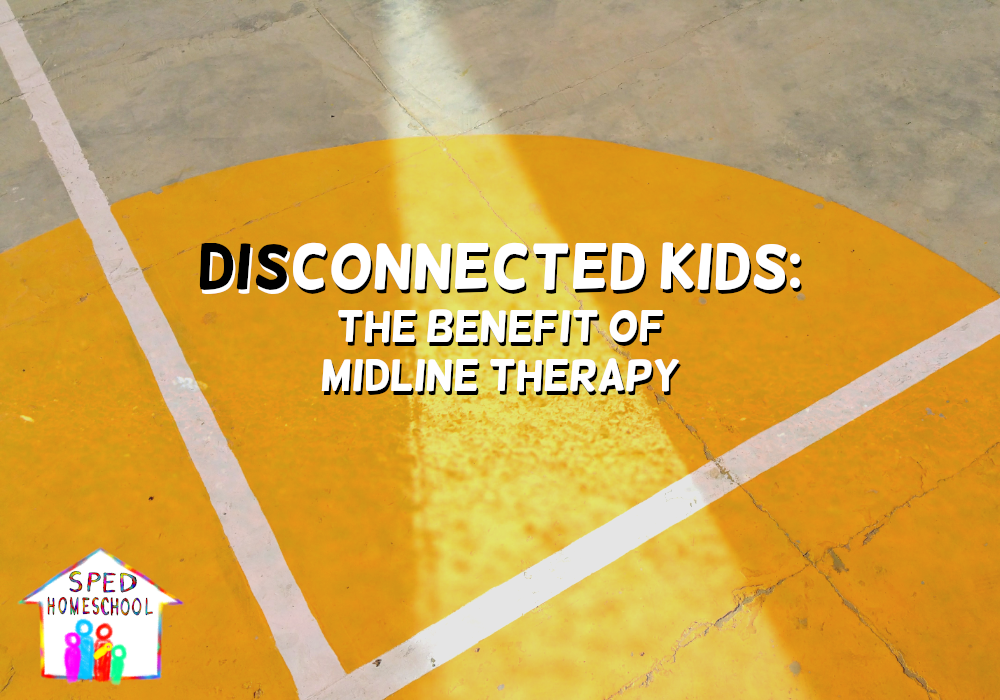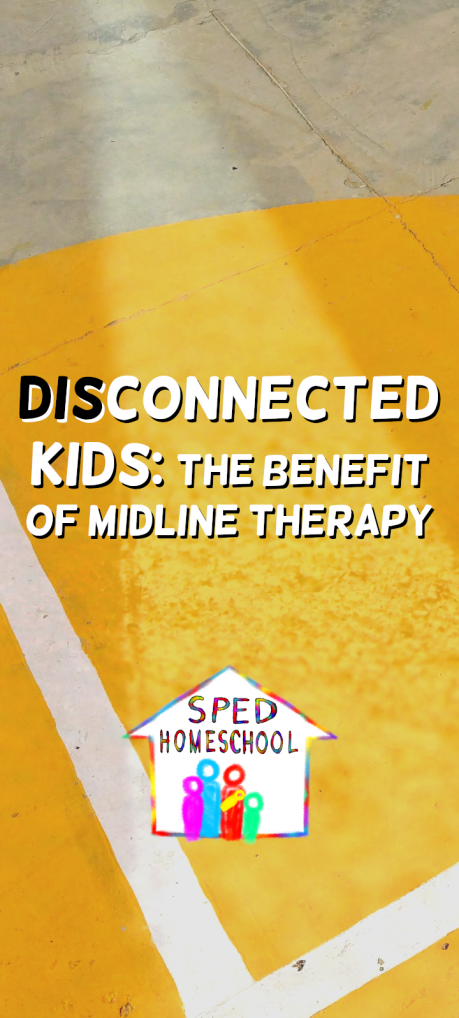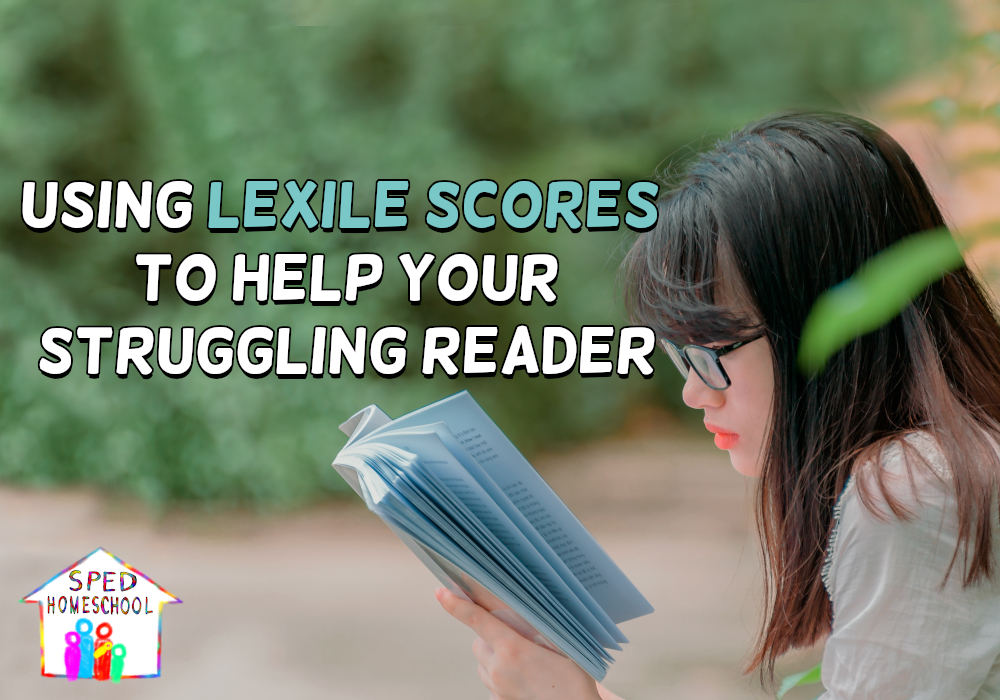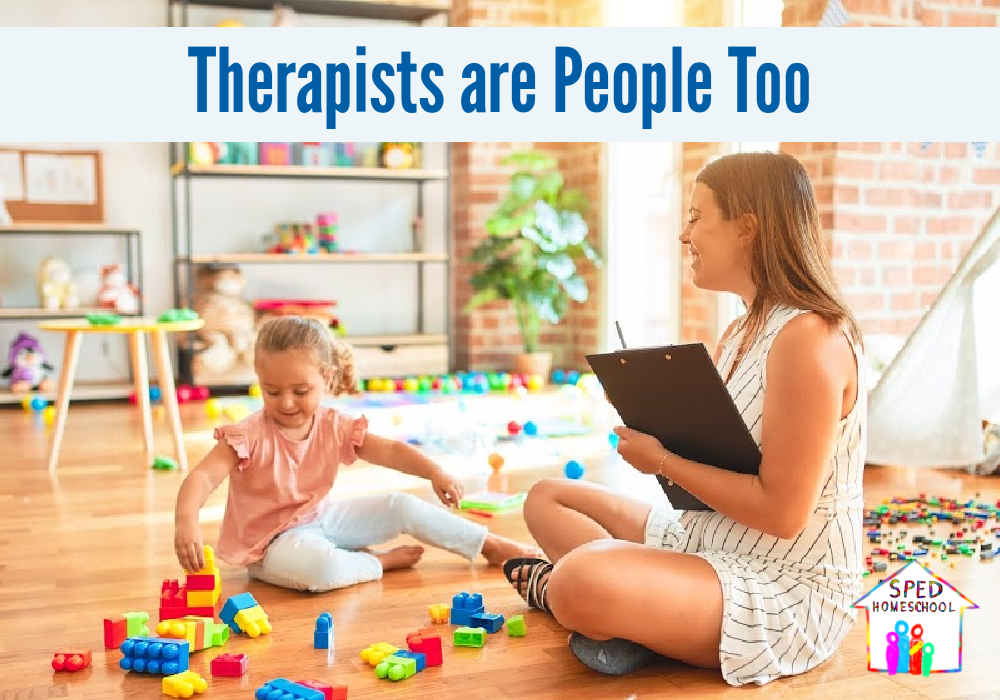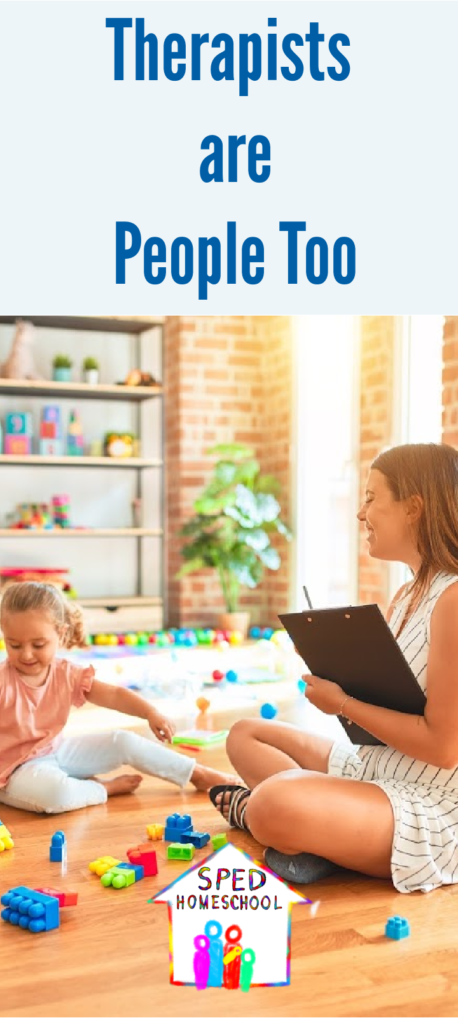Interview provided by Cheryl Swope, M.Ed.
Interviewer: Brian Phillips, CiRCE Institute
Author of Simply Classical: A Beautiful Education for Any Child, Cheryl Swope is an advocate of classical Christian education for special-needs and struggling students. The love of history, music, literature, and Latin instilled in her own children has created in Cheryl the desire to share the message that classical education offers benefits to any child. Cheryl has a master’s degree in special education—Learning Disabilities—and a bachelor’s degree in special education—Behavior Disorders. Cheryl and her husband homeschooled their 19-year-old adopted special-needs boy/girl twins (autism, learning disabilities, and mental illness) from the twins’ infancy with classical Christian education. Cheryl holds a lifetime K-12 state teaching certificate in the areas of Learning Disabilities and Behavior Disorders. She has worked with special-needs children, youth, and adults for over thirty years … but nothing compares to the humbling education she receives walking alongside her own children daily through their struggles and achievements.
Cheryl was kind enough to answer some questions for us as part of our Words of Wisdom series. Enjoy.
1) You recently had a book published, Simply Classical. Tell us more about that.
Yes, this is the story:
Nearly twenty years ago, as new parents of adopted boy/girl twins with significant special needs, my husband and I wanted to give these children the best possible education available. We believed this was the best hope they had.
When the only classical Christian school in our city denied our children access, due to the twins’ many challenges, we determined to homeschool them. I sought a guidebook for bringing truth, goodness, and beauty to challenged children. I found none. I begged for conference sessions on classical education and special needs. No response. An online search revealed one pamphlet, written by a Latin teacher at the University of Colorado in Boulder. She offered tips for teaching Latin to university students with learning disabilities.
We pressed on, teaching reading, writing, Latin, literature, music theory, and arithmetic. We found this less daunting than we expected. Resources from Memoria Press, such as Latina Christiana and Famous Men of Rome, seemed especially adaptable. Even at lower levels, classical education materials and methods offered simplicity, beauty, and effectiveness. We continued. In addition to formal studies, we enjoyed the wonder of nature, music, and poetry.
My children’s challenges unfolded rapidly over the years. These include autism, attention and concentration difficulties; sensory, speech, and language disorders; borderline intellectual disability, learning disabilities, and severe mental illness. Even so, I witnessed measurable (and immeasurable) benefits of a classical education to both mind and character.
My twins’ challenges remained, but a classical education gave them an advanced vocabulary, stronger mental capacity, and greater self-knowledge. Most of all, they loved stories and words. As a trained special education teacher, the standardized test scores impressed me. As a mom, the love of learning touched me.
When both twins began to serve others in small ways, I understood this statement by David Hicks: “The aims of education … all must express not just ideas, but norms, tending to make young people not only rational, but noble.”
Professionals did not always see this. After all, they often report clinically on only those quantifiable aspects of humans. They listed grim diagnoses with dire predictions. One day, while reading another report so depressing my husband could not finish it (“How can you read these things?”), I unexpectedly laughed near the end. This is why. The examiner wrote this about my daughter, a child with autism and with a full-scale I.Q. that leaves her in the borderline mentally handicapped range:
“Appears somewhat young for her age …. When asked to define the word ‘decade,’ not only did she provide a definition, but she gave the word’s etymology and proceeded to count in Latin to demonstrate.”
One afternoon, Cheryl Lowe, whom I had admired for years, answered my unsolicited handwritten letter. In the letter, I thanked her for the beautiful, simple, and easy-to-teach resources she provided our family. I asked Mrs. Lowe if she might be interested in a writing project. She was.
My daughter told me, “Mom, I want my story to help other children like me.” Together, Memoria Press and I created the guidebook I wish I would have had many years ago.
Even more, we created a book that many appreciate for its refreshingly clear, accessible treatment of classical education. Teachers tell me that my journey from progressivism to classical education, as told in Simply Classical, parallels their own. Others appreciate the hope offered through the story.
After Martin Cothran read the manuscript, he said this is “one of the clearest and most compelling cases for classical education in print.” But the most touching reviews come from moms of special-needs children. One wrote, “I feel as if a dear friend took me by the hand, sat down to tea with me, and said, ‘Yes, you can do this.’”
2) What were the biggest obstacles you faced while classically educating your children?
Both twins presented challenges. These changed over the years. Initially, the biggest challenge was obtaining their attention! With autism, they focused inward; as twins, they focused on each other. Given their neurological weaknesses, problems with attention, and necessary therapies, I found my best strategy was to keep moving! We established a gentle, but steady routine.
Each morning we reviewed the day’s schedule. For comfort and truth, we opened with the Holy Scriptures and prayer at the table. For beauty and music, we moved to the piano for hymns and Latin sacred songs. We then traveled to an open area for Latin recitations, which the children performed on their physical therapy balance boards. We followed recitations with formal Latin lessons at the table, and so on.
Later, as severe learning disabilities became more evident, their individual learning limitations and behavior difficulties presented the greatest challenges. A classical curriculum progresses quickly, so we adapted. We provided more review than the publishers recommended. We read most literature out loud to the children. As other classical teachers and homeschoolers will agree, this only enhanced the benefits for us. Many times we enjoyed literature we had never read before. The children thrived. We continued.
3) You mentioned, very early in your book, that many people think of classical education as elitist or only for the smartest students. Why do you think that is?
I think this is primarily because most of us did not receive this “classical education” ourselves. We deem such an education inaccessible. We conclude that a classical education must only serve the geniuses among us. And, of course, for upper levels of classical study, a strong intellect is of great advantage! But even those students with academic challenges may benefit in wonderful ways from the content, methods, and tradition of a rich, classical education. As just one example, my own daughter despite her many challenges, which include schizophrenia and borderline intellectual disability, has now published books of simple poems beautifully rich in sacramental imagery. Read Dr. Gene Edward Veith’s account of Michelle’s poetry.
I have another close-to-home example of an unlikely recipient of classical education: my little, cheerful grandmother named Lois. Raised on a poor hog farm in mid-Missouri with a mother whose education ended at 8th grade, Lois attended the only school her family could afford. At a Missouri public school in the late 1920s, she studied four years of Latin and read Virgil and Cicero in Latin. She studied poetry and upper-level mathematics. Unable to afford college, she was neither wealthy nor “college bound”; yet she received many elements of a classical education. With impeccable grammar and a love of writing, my grandma penned encouraging letters and a daily journal that is now a legacy to our family.
4) What would you say to classical schools who want to serve students and parents with special needs? What do they need to know?
1. Open your doors.
From a business perspective, this is an untapped market for private schools. With as many as 1 in 5 children labeled with some diagnosis (whether they should be or not), this is on the minds of families.
From a classical Christian perspective, opening doors to struggling students can provide a model of compassion, mercy, and community. In a fallen world, it is “normal” to find abnormalities. If challenged children can remain in the school with brothers and sisters, unexpected benefits may arise for all of the children. The challenged children become part of the culture of the school. Some can participate in plays or choir. They can enjoy music events or attend chapel.
2. Begin with the most willing, capable teachers.
This will make the program succeed.
3. Be creative.
Look to the other dozen or more classical schools who do this successfully and publicly. (Many more classical schools already do this. Most do not even advertise the countless modifications they make!)
Many models already exist. Consider offering 3 days a week, with 2 per week reserved as homeschooling and private therapy days. The school might offer a special classroom within the school, create a tutoring “resource room” for struggling students, or provide an aide for the classroom. Consider an elevated tuition to compensate for more individualized instruction. Consider block scheduling for sequential content areas, such as Latin or math, to assist the inclusion model.
For any school interested in exploring this more fully, we recently recorded a two-hour video presentation for schools and homeschools. Available through Memoria Press, this presentation is intended as a discussion-starter. Schools might find this DVD useful for faculty in-service, followed by conversations about possibilities within your own setting.
5) What books are you currently reading? Next projects?
Next projects – Simply Classical Curriculum for special-needs children! With a slower pace, increased review, and an emphasis on beautiful books, the early levels serve homeschoolers of special-needs children and classical schools’ early childhood and student programs. These first three readiness levels are available through Memoria Press. We envision a classical curriculum for special-needs students ages 2-21.
Books – Inspired by a summer classical education conference session entitled “A Pedagogy of Beauty,” I am enjoying Beauty: A Very Short Introduction, by Roger Scruton. My own classical education is limited, but such books remind us that even at the introductory levels, we benefit! I appreciate the ways in which Scruton’s thoughts overturn pragmatism. He writes about the value of the true, the good, and the beautiful:
Even if it is not clear what is meant by intrinsic value,
we have no difficulty in understanding someone who says,
of a picture or a piece of music that appeals to him, that he
could look at it or listen to it forever, and that it has, for him,
no other purpose than itself.
I now have another book in my nightstand. My 100-year-old grandmother is now with Jesus, the embodiment of eternal truth, goodness, and beauty, so I am reading the invaluable daily journals of Lois, my classically educated grandma from Missouri.
This article first appeared in The Classical Teacher and the Circe Institute: Go to original article. Reprinted with permission.
For more information about Cheryl Swope and the other SPED Homeschool board of directors (Jan Bedell, Dianne Craft, and Elaine Carmichael) you can visit each of the website pages or the SPED Homeschool Board website page.
Did you know SPED Homeschool is 100% donor funded?
Your contributions keep our ministry running!
(all donations are tax-deductible)
Did you enjoy this article?
React, share, and comment with the tools below



